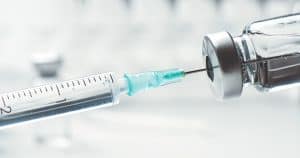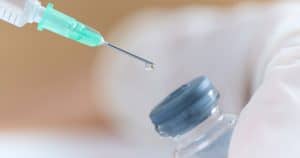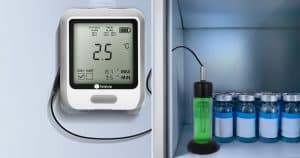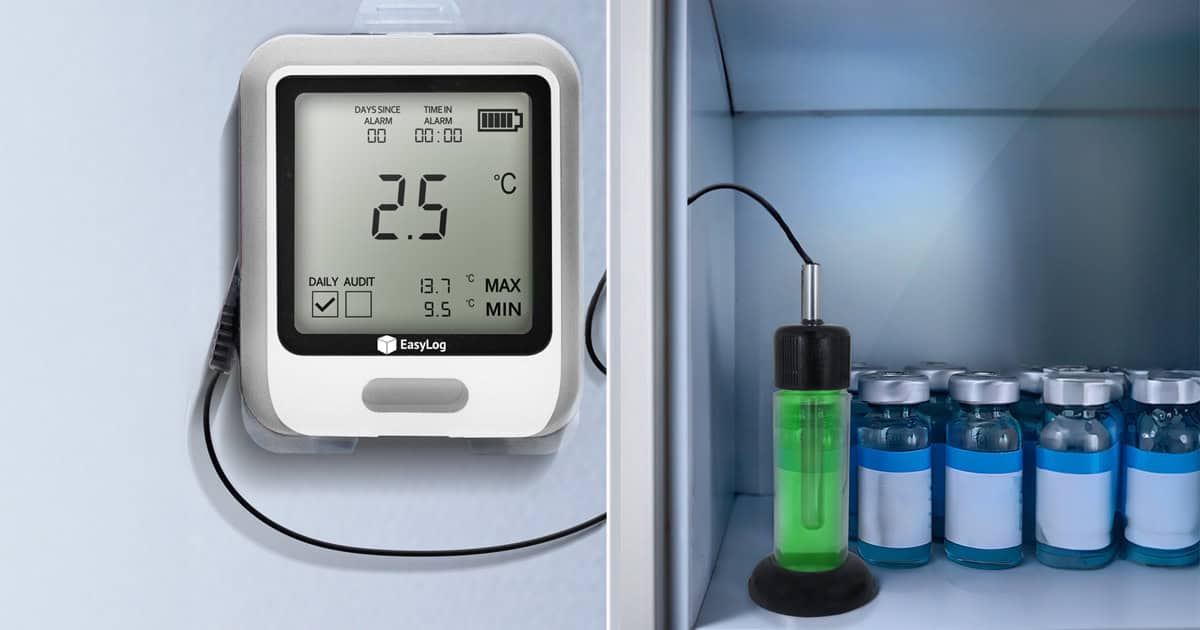Vaccine monitoring is an important concern for healthcare practitioners, academics, and organizations throughout the world in March 2025. With changing laws, new vaccination technology, and increased awareness of storage integrity, ensuring vaccine efficacy is still as vital as it has ever been. This guide answers today’s top questions about vaccine monitoring, explores best practices, and introduces a cutting-edge tool—Lascar’s EL-USB-VACX.
Why Vaccine Monitoring Matters in 2025
Vaccines are delicate biological products that require precise temperature management to remain effective. The Centres for Disease Control and Prevention (CDC) advises storing refrigerated vaccinations at 2°C to 8°C (36°F to 46°F) and frozen vaccines at -50°C to -15°C (-58°F to +5°F). Any deviation from these ranges can render vaccinations ineffective, resulting in financial lost and potential risk to public health.

What Are the Latest Vaccine Storage Guidelines?
The growing prevalence of mRNA vaccines, ultra-cold storage requirements, and increased scrutiny of compliance will raise the stakes in 2025. Whether you’re running a small clinic or managing a large distribution network, consistent monitoring is critical. So, what challenges do we face today—and how can modern tools help?
Both the CDC and WHO continue to prioritize continuous temperature monitoring using digital data loggers over manual checks. In 2025, compliance will also demand detailed record-keeping for audits, especially in facilities handling next-generation vaccines. Glycol-buffered probes are recommended to mimic vaccine thermal response and minimize false alarms caused by rapid air temperature fluctuations.
How Do I Choose the Right Vaccine Monitoring Device?
When selecting vaccine monitoring equipment, it’s important to consider accuracy, ease of use, and data accessibility. The ideal devices should offer:
- High precision (e.g., ±0.1°C accuracy in key temperature ranges).
- Real-time detection of temperature excursions.
- Cloud connectivity for remote access.
- Compliance with both CDC and NHS guidelines.
Lascar’s recently introduced EL-USB-VACX meets all these criteria, delivering high-accuracy monitoring via a glycol-buffered probe and seamless USB data logging, making it an ideal solution for modern vaccine storage and compliance needs.
What Happens When Vaccines are Exposed to Incorrect Temperatures?
Temperatures outside the recommended range can compromise vaccine efficacy. For instance, freezing or prematurely thawing a refrigerated vaccine may cause its active components to degrade. Continuous monitoring and timely intervention are essential to prevent such losses.

How Can Technology Help Vaccine Monitoring?
USB data recorders, Wi-Fi connectivity, and cloud-based systems enable real-time tracking and historical data analysis. These technologies reduce human error, streamline reporting, and support regulatory compliance, crucial in a post-pandemic world where accountability is more important than ever.
Best Practices for Effective Vaccine Monitoring
- Use Calibrated Data Loggers: Ensure accuracy by selecting devices calibrated at critical temperatures (e.g., 2°C and 8°C). The EL-USB-VACX comes pre-calibrated, saving time and providing dependable performance.
- Enable Continuous Monitoring: Manual checks are prone to error. Digital data loggers provide continuous recording, offering a complete and reliable temperature history.
- Alerts: Sounders and visual alerts for when temperatures fall outside of pre-set thresholds, enabling quick intervention.
- Use glycol-filled probes: Glycol-filled probes simulate the thermal response of vaccines, helping to avoid false alarms, an approach featured in Lascar’s EL-USB-VACX.
- Store and Analyze Data: Cloud-connected or USB-enabled devices allow easy access to historical records, simplifying audits and supporting quality control processes.

Spotlight: Lascar EL-USB-VACX – The Future of Vaccine Monitoring
Introduced in early 2025, Lascar’s EL-USB-VACX is part of their high-accuracy USB data logger series, purpose-built for vaccine storage monitoring. It combines precision, simplicity, and innovation to meet the evolving demands of vaccine management. Here’s what sets it apart:
- Unmatched Accuracy: A smart probe measures temperatures from -40°C to +125°C with outstanding precision for refrigerated and frozen vaccines.
- Massive Storage Capacity: Records over 1 million measurements, providing complete data for long-term monitoring.
- Glycol Simulation: A glycol-buffered probe is used to simulate genuine vaccination conditions and reduce false warnings.
- Hot-Swappable Calibration: Easily recalibrate on-site with no downtime, a game changer for busy facilities.
- Cloud Integration: Store data in the EasyLog Cloud for remote access, graphing, and reporting.
Whether you’re safeguarding a small vaccine fridge or managing cryogenic storage, the EL-USB-VACX delivers reliability and confidence. It’s CDC-compliant, user-friendly, and built to meet the demands of the 2025 vaccine landscape.
Conclusion
Vaccine monitoring in 2025 demands accuracy, compliance, and adaptability. By following best practices and using solutions like Lascar’s EL-USB-VACX, you can protect vaccine efficacy and streamline your operations.
Ready to step up your monitoring game? Discover the EL-USB-VACX and keep your vaccines safe, effective, and audit-ready.




